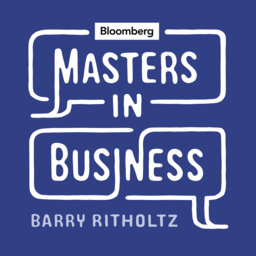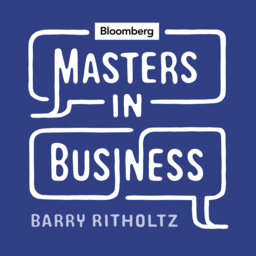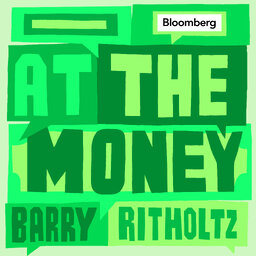Growth, Employment and Inflation Cycles With Lakshman Achuthan
Barry Ritholtz speaks to Lakshman Achuthan, co-founder of the Economic Cycle Research Institute. Achuthan met his mentor, Geoffrey H. Moore, at Columbia University in 1990; they formed ECRI with Anirvan Banerji in 1996. He serves on the board of governors for the Levy Economics Institute of Bard College. In 2004, he co-authored Beating the Business Cycle: How to Predict and Profit From Turning Points in the Economy.
 Masters in Business
Masters in Business


